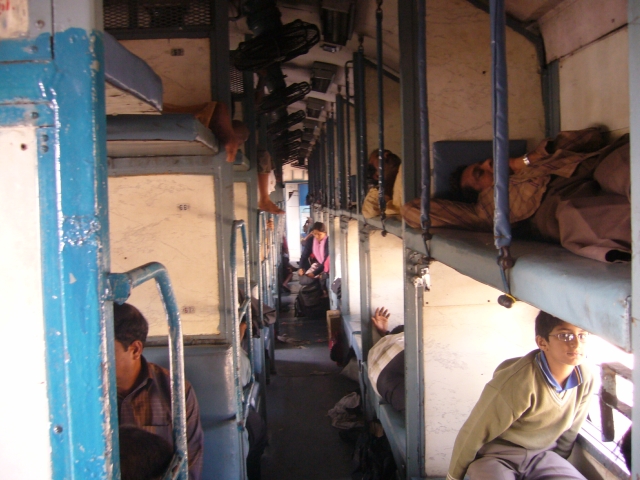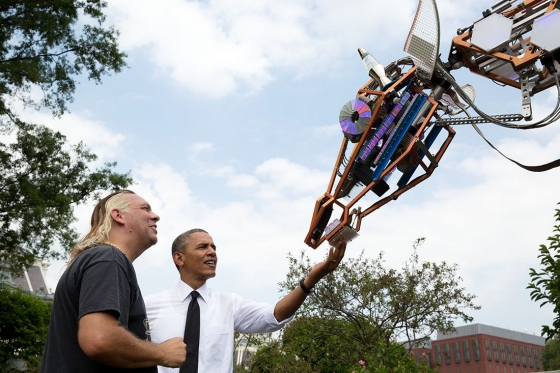Last Thursday in Sydney a group of industry groups, telcos and local councils launched their 2030 Communications Visions initiative; a project “to shape a digital vision and set of goals for Australia to achieve global digital age leadership”.
The project is a worthy one, particularly given the failure of Australia’s National Broadband Network, which I’m writing about early next week in Technology Spectator however one thing that bugs me is what exactly is ‘digital age leadership’.
If we look at the rollout of technologies like the motor car, electricity or telephone through the Twentieth Century it was a mix of private companies, community groups and governments that championed the development of roads, mains power and phone systems. People either demanded their towns became connected or raised the capital to do it themselves.
So on one level, the champions need to be us. We have to lead our communities and industries by using the technologies and showing what can be done, that also makes our businesses more likely to succeed in the future.
On another level, we need to consider the genuine leaders of the ‘electrical age’ or ‘motor car age’; people like Thomas Edison and Henry Ford built businesses that led the world and still exist today.
For countries, it’s no coincidence that the United States is the richest nation on the planet after having most of the leading business in their industries over the last hundred years.
That latter point is really what the Digital Visions project is about; do Australians want to remain a wealthy nation in the Twenty First Century?
Governments have a role in this, as the UK is showing, and political leaders need to be encouraged to take the digital economy however governments can only do so much and successes like Silicon Valley are more a fortunate by product of spending rather than the consequence of strategic policy.
Ultimately, leadership starts with us — we can’t afford to wait for governments, big business or someone else to take the reigns.




